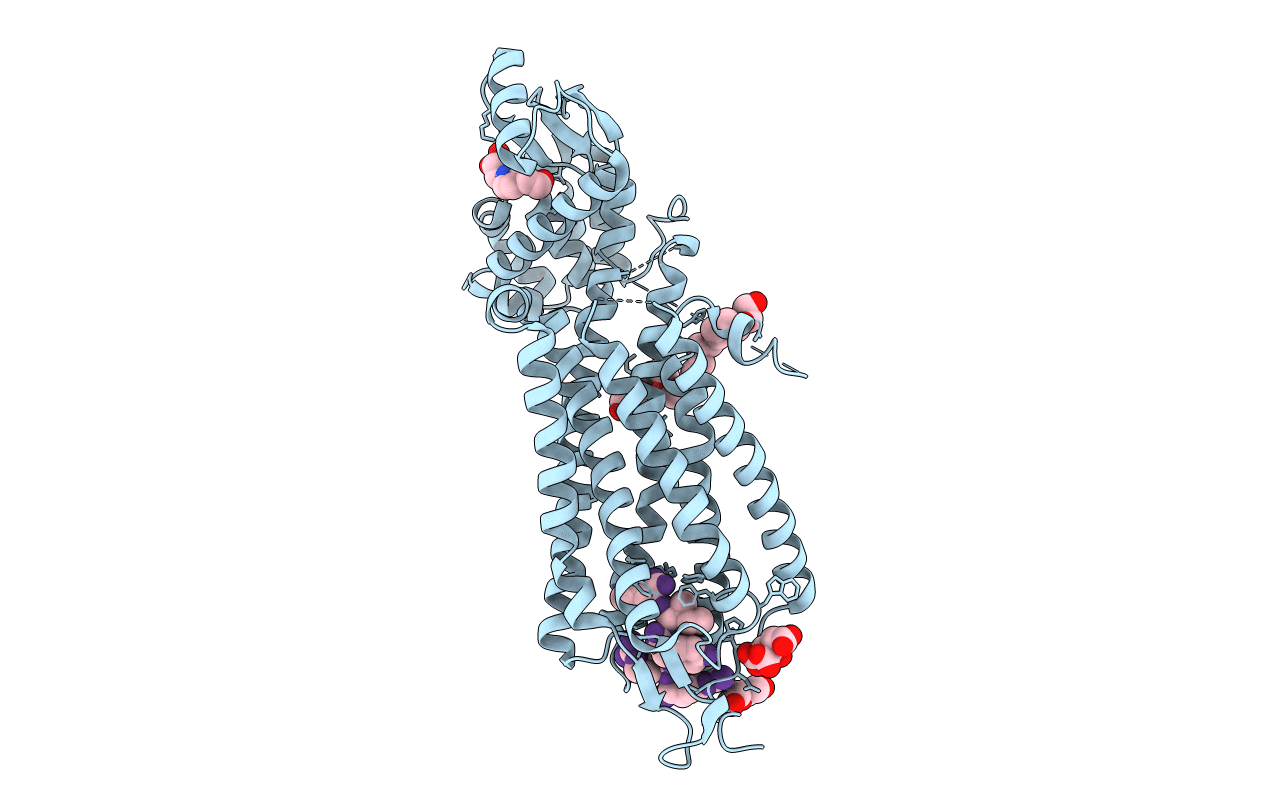
Deposition Date
2014-12-23
Release Date
2015-07-29
Last Version Date
2024-11-06
Entry Detail
PDB ID:
4XEE
Keywords:
Title:
Structure of active-like neurotensin receptor
Biological Source:
Source Organism:
Rattus norvegicus (Taxon ID: 10116)
Enterobacteria phage T4 (Taxon ID: 10665)
Enterobacteria phage T4 (Taxon ID: 10665)
Host Organism:
Method Details:
Experimental Method:
Resolution:
2.90 Å
R-Value Free:
0.28
R-Value Work:
0.23
R-Value Observed:
0.23
Space Group:
P 21 2 21


